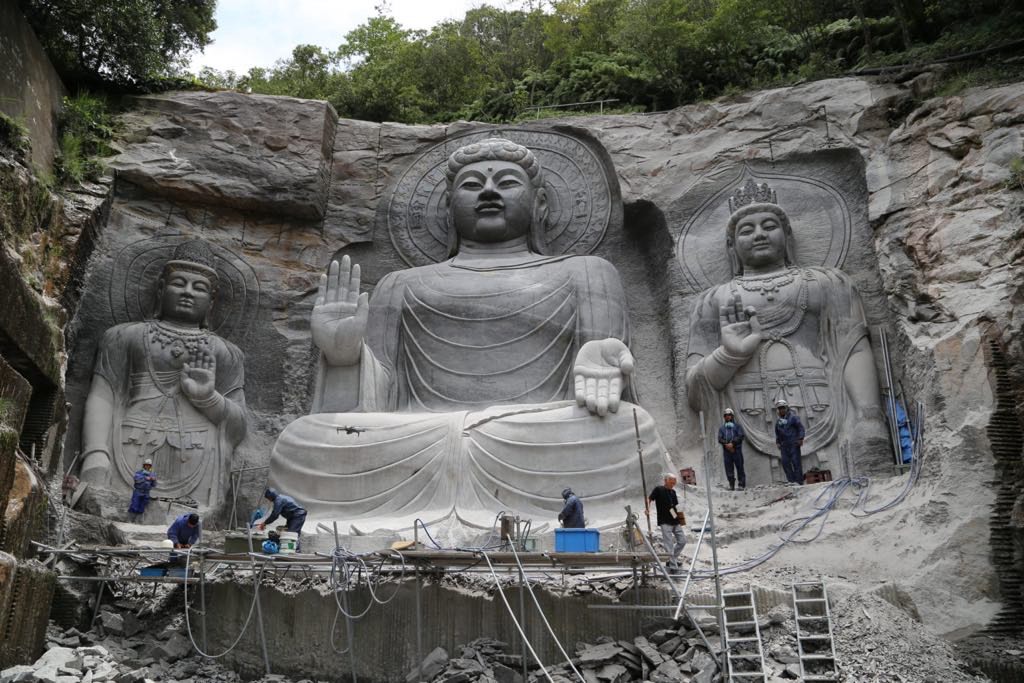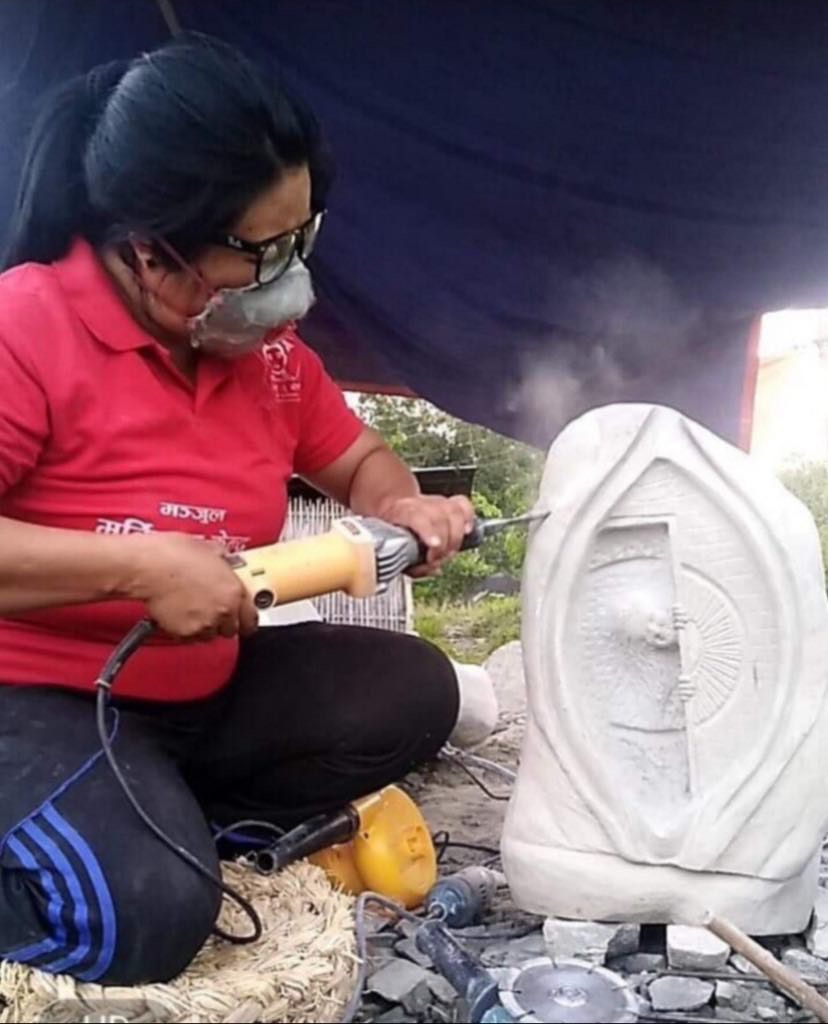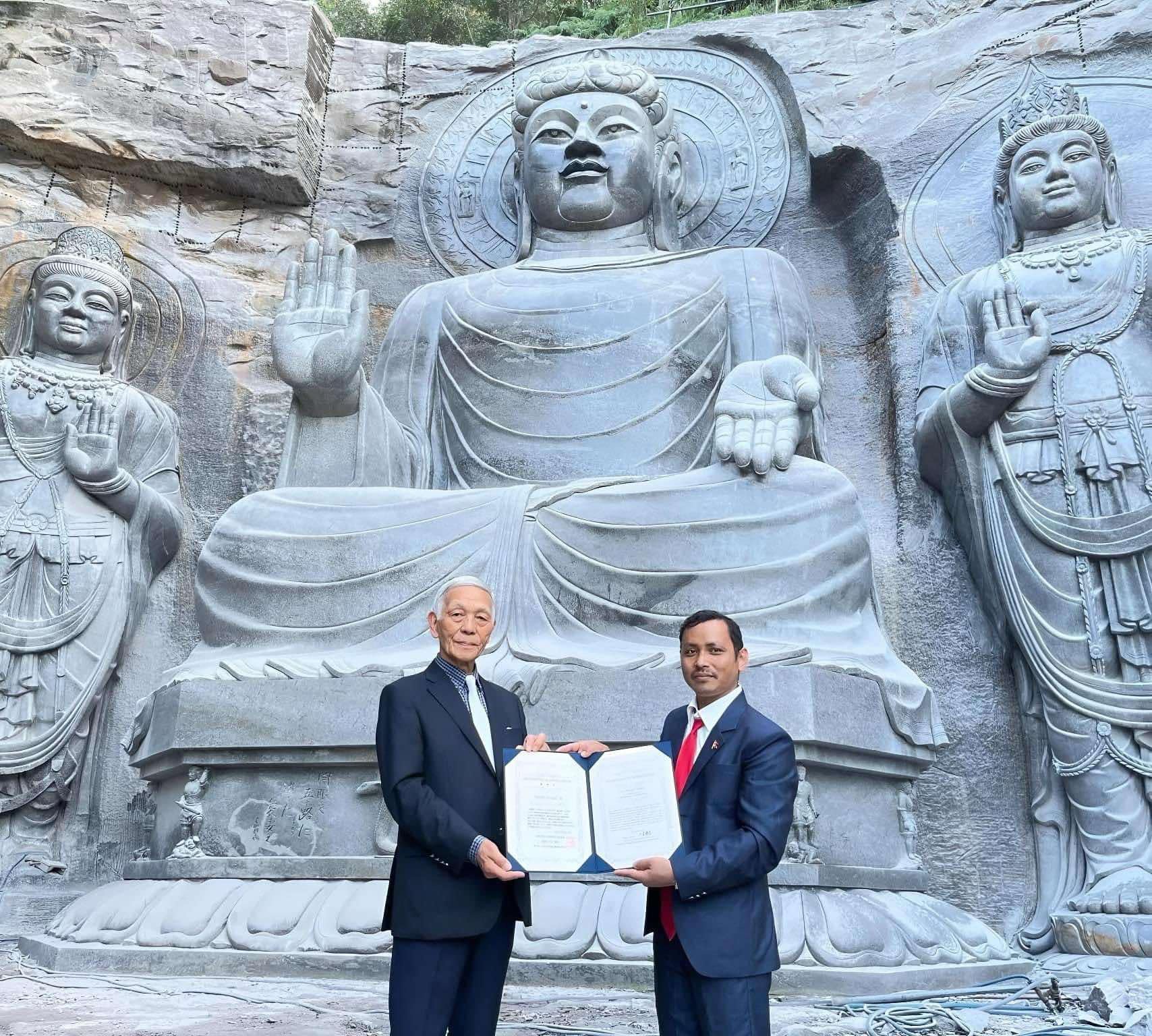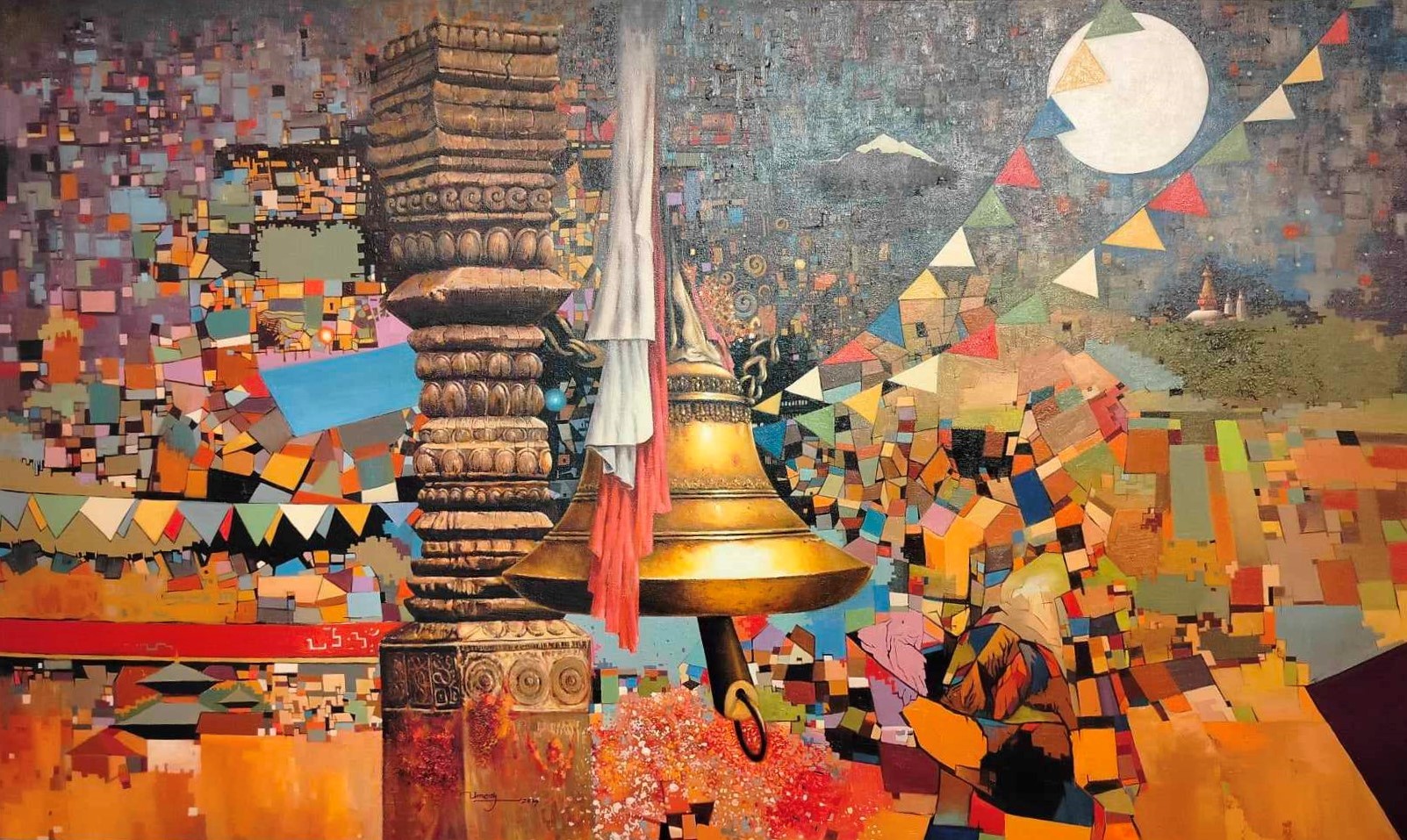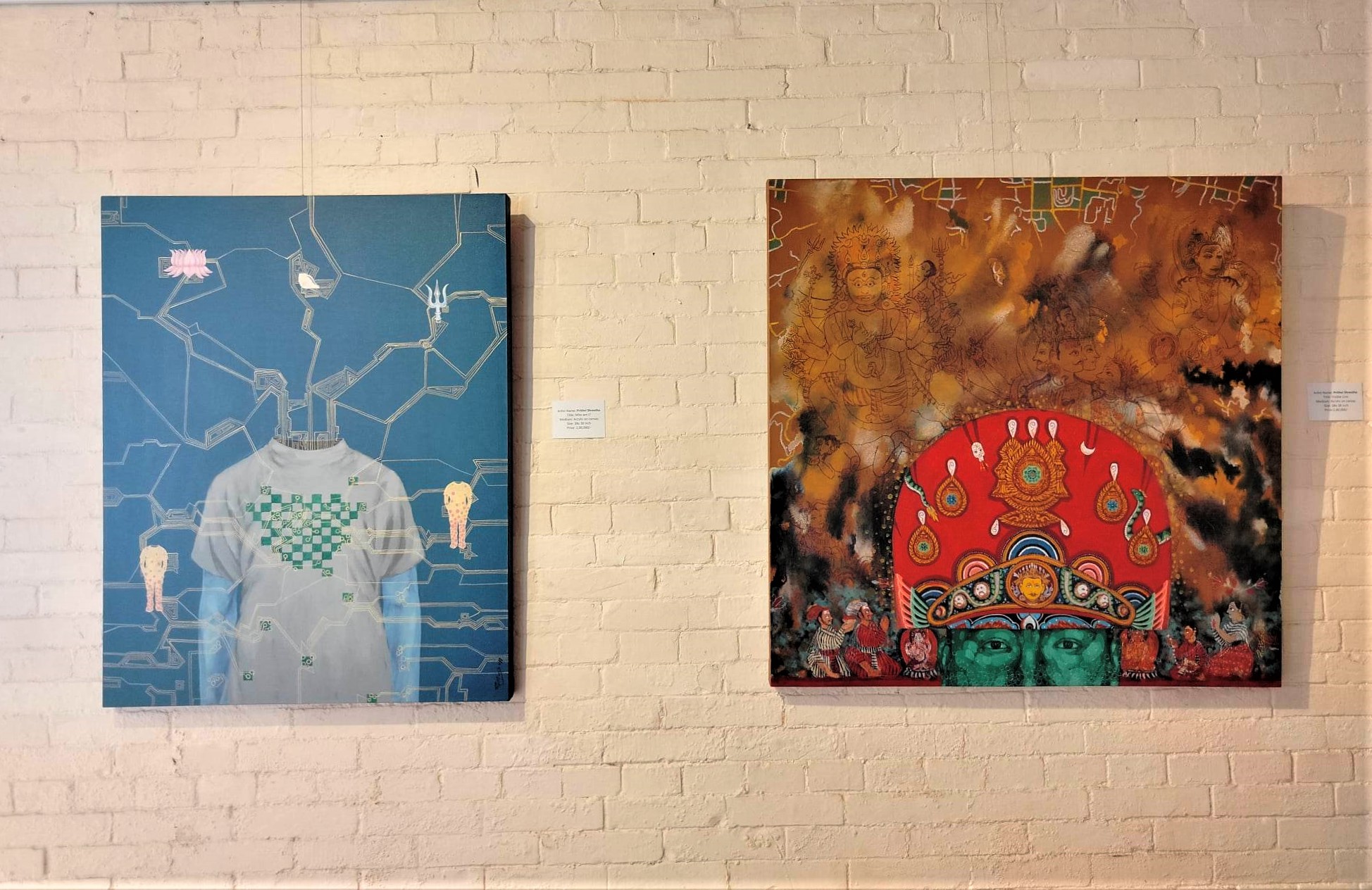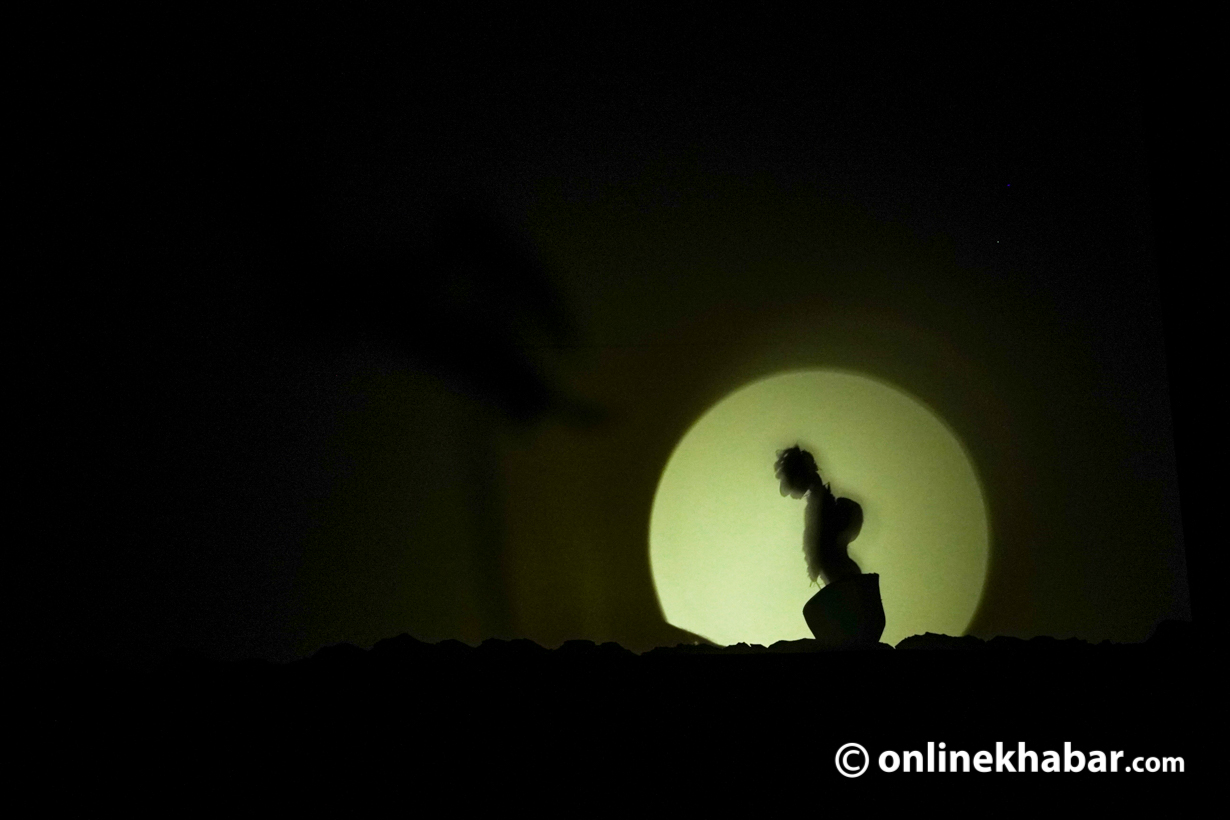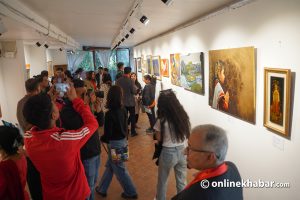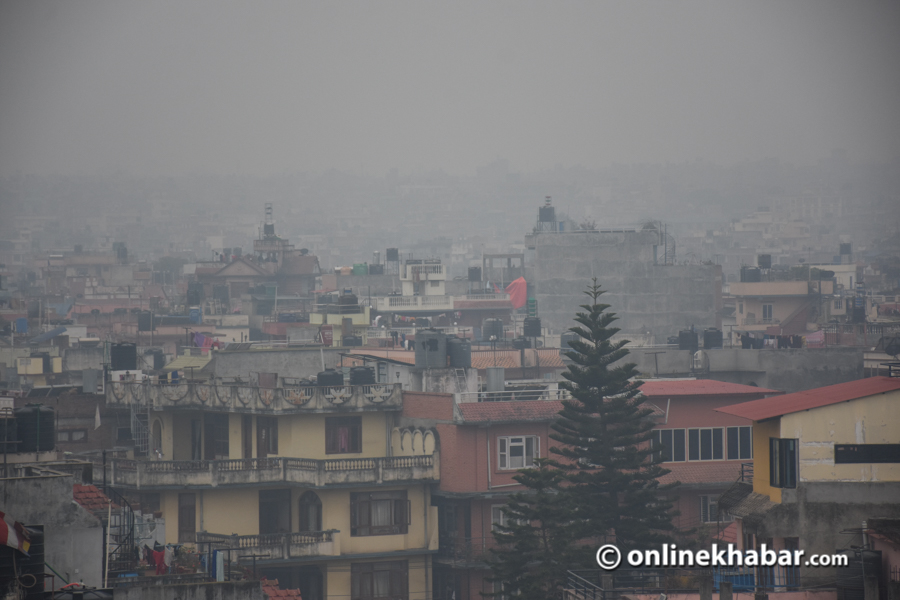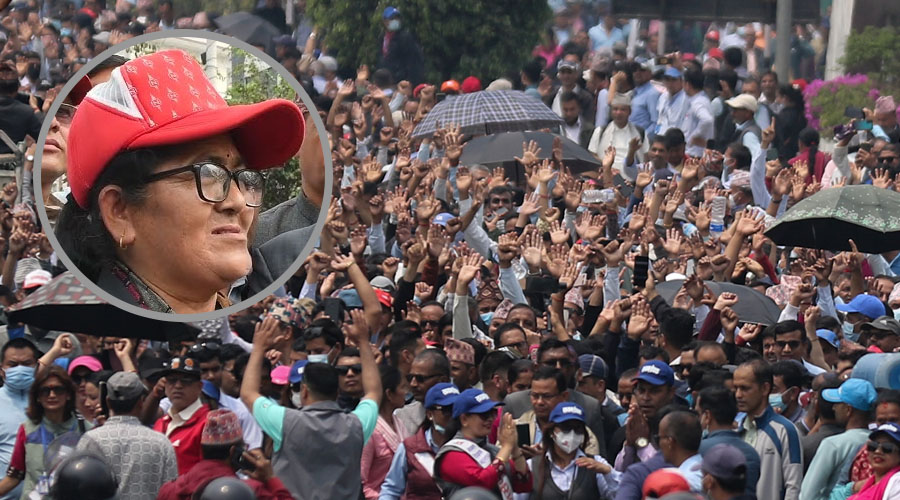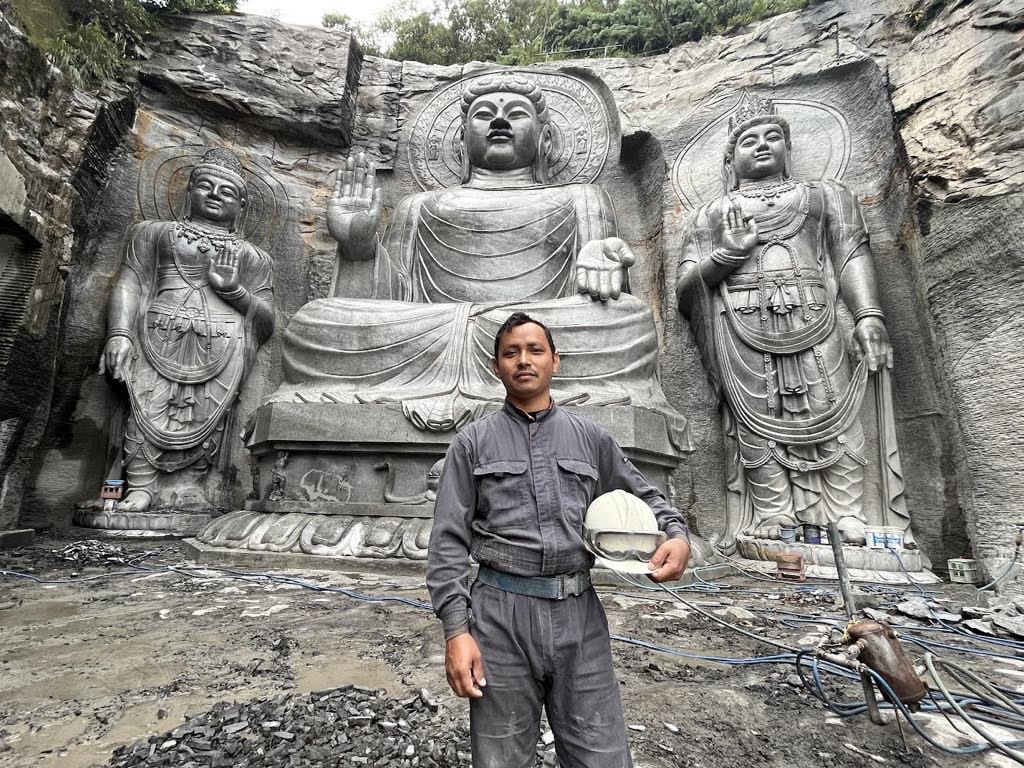
Manjul Miteri (Baraili), along with five other Nepali sculptors, has carved a statue of Lord Gautam Buddha into a Japanese cliff. Despite completing eight years of work, Manjul estimates that his team will need an additional seven years to fulfil all responsibilities entrusted by the local establishment.
Manjul, originally from Urlabari, Morang, was inspired by the biography of Araniko, a Nepali national hero, which he read in sixth grade. Fascinated by Araniko’s work creating religious sculptures in China, Manjul began carving human figures into stone and aspired to follow in Araniko’s footsteps.
Since 2016, Manjul has been sculpting various figures, including Buddha and Manjushree, in Japanese and Chinese styles, on the cliffs of Kamiamakusa in Kumamoto Prefecture, Kyushu, Japan. His team comprises Nepali sculptors Chaturlal Rajbanshi, Jeevan Poudel, Ganesh Kumar Rai, Ram Kumar Rai, and Subas Bishwakarma, all working under the Oshima Seki Buchuyama Foundation.
A monumental effort
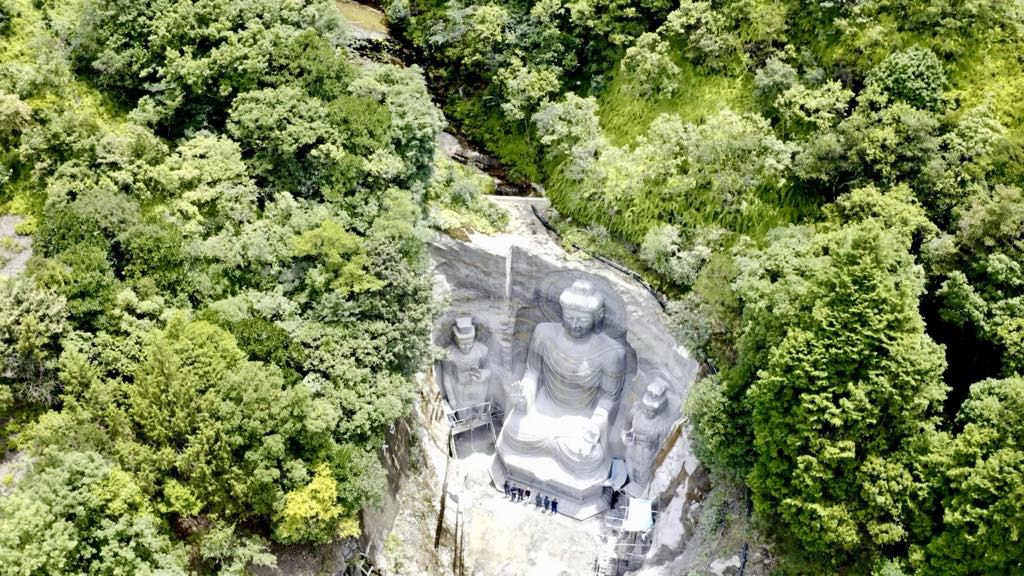
The team has completed a 65-foot-tall Buddha statue but continues work on other sculptures in the area. As the site remains closed to tourists, occasional visits are allowed only with prior permission. Recently, the foundation assigned the Nepali team a new project: creating Japan’s largest Nirvana Buddha (51 meters) in the same region.
“The foundation has entrusted us with more responsibilities due to their appreciation for Nepali art,” Manjul said, highlighting the growing admiration for Nepali craftsmanship.
Journey to Japan
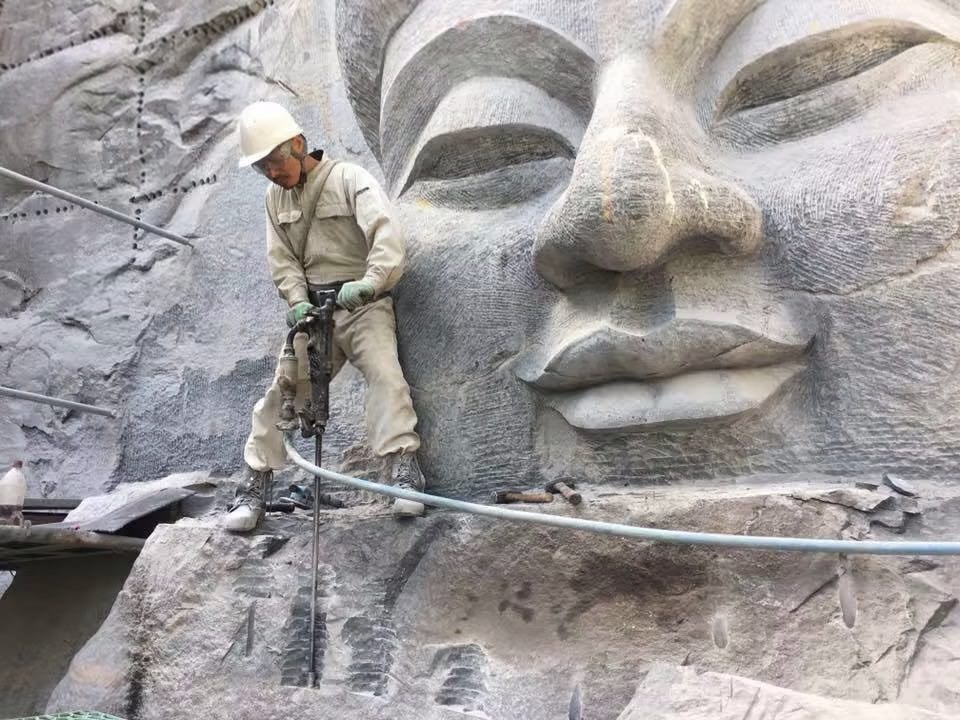
The opportunity arose through Dilip Lamichhane, a Nepali student in Japan, who connected Manjul with the Oshima Seki Buchuyama Foundation. For over a decade, the foundation sought sculptors for this project, and its founder, Oshima Shizuki, was keen to bring artisans from Buddha’s birthplace to work on these statues.
Manjul shared how the proposal to work in Japan invigorated him to showcase Nepal’s artistic heritage on a global platform. However, the work is far from easy. “Carving stone is labour-intensive and risky, with dust affecting health and the constant noise of machines,” Manjul explained. “But knowing that Nepali art is being admired worldwide motivates us to keep going. This is a historic achievement for Nepali art.”
Dreams of national contribution
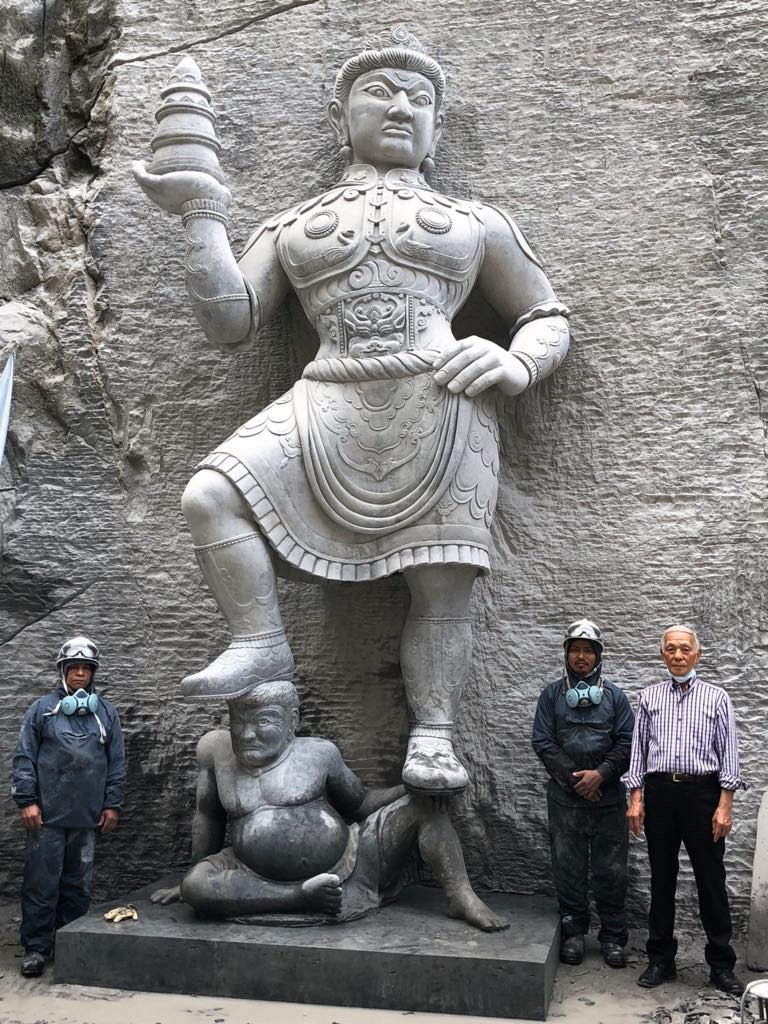
Born into a modest family in Miklajung, Morang, Manjul always dreamed of formal art education but was constrained by financial challenges. Instead, he turned sculpting into a career and founded the Manjul Sculpture Center in Urlabari in 2001. He recalls the initial struggle when people preferred sourcing sculptures from Kathmandu or India. It took six years for his business to stabilise.
Among his notable works are sculptures in Ramkot, Kathmandu, and a memorial of former Forest Minister Gopal Rai and his team, who perished in a plane crash, installed in Ghunsa, Taplejung.
Manjul also harbours an ambitious goal: to create 1,000 statues of globally renowned figures and donate them to the government. He has already completed 138 and continues to work towards this vision, with support from his wife, Kaushila Rai, who has become a sculptor herself. While Manjul is busy in Japan, Kaushila oversees their studio in Urlabari, collects stones, and prepares materials to continue their legacy.
Their 23-year-old son, Pratik Manjul Baraili, has also joined the family business, taking up sculpturing as his profession. “Now, even my son is creating sculptures, continuing the legacy,” Manjul proudly stated.
